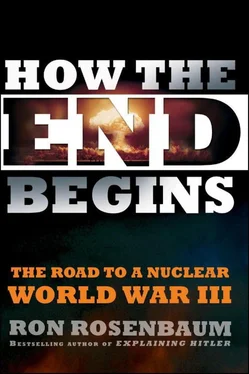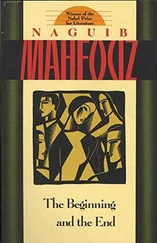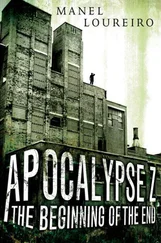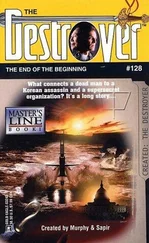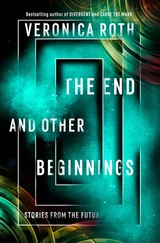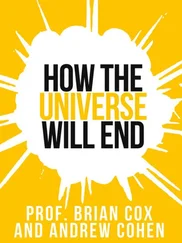Thank you.
SENIOR INTELLIGENCE OFFICIAL 2:Okay, are you going to moderate for us? Go ahead.
[Reporters begin asking questions.]
Q:Yeah. [Is] there is no other photographic evidence or video that shows North Koreans at the facility?
SENIOR INTELLIGENCE OFFICIAL 2:There are some, there’s none more compelling that what we showed you.
SENIOR INTELLIGENCE OFFICIAL 1:There are also some things that you’re going to ask questions about, sources, and so we’re not going to be able to answer those. There’s a rich level of information here that we can’t discuss—the sources or methods, and that’s what we’re going to try to work around to let you see what we can show you, which we have showed you, and we just won’t comment on specificity, about [what] we knew [at] this point or that point or when.
Q:I just have a follow-up. The information I had earlier today is that at least one of the images… was [of] North Korean nuclear scientist Chon Chibu, who was linked directly to Yongbyon.
SENIOR INTELLIGENCE OFFICIAL 2:That’s him.
Q:That’s him? And then my other question is a very basic question. This video presentation I would assume was put together by the CIA or—
SENIOR INTELLIGENCE OFFICIAL 2:[Senior Intelligence Official 1] The President asked us, when this all started breaking about a year ago, really picked up pace, to marshall the resources of the entire community. So what you’ve seen here was constructed here, that’s right.
Q:And this was shown on the Hill today.
SENIOR INTELLIGENCE OFFICIAL 2:Yes.
Q:It has been a while. Syria kind of committed to trying to counterbalance the Israeli nuclear program several years ago and started working on that, and Syria has been a crossroad for all types of unsavory activity for many years, so are you fairly certain that this is the only type of activity going on there?
SENIOR INTELLIGENCE OFFICIAL 2:In terms of the nuclear program? Clearly, it’s something we’ll continue to keep a full-court press on, all right? Let me say that. But with the destruction of this facility, this is, I’ll use the word, an achievement; I don’t have time to think of a better one in terms of ending that kind of behavior. There is cooperation that continues, however, between North Korea and the Syrians with regard to the Syrian missile program, and we see that same kind of cooperation between North Korea and Iran. [This is not a casual, thrown-in line but rather significant: the North Koreans, who have the bomb, are helping the Iranians and so all the attention focused on the underground Iranian centrifuges, reportedly producing bomb-grade uranium, may be a red herring: the North Koreans could just hand one to the Iranians, who have plenty of cash to pay the cash-starved North Koreans. Two years later the degree of cooperation between what Obama’s Nuclear Posture Review called the two “outlier” nations continues to be—ominously—shrouded in mystery, baffling the experts. [263] ]
Q:A quick follow-on: Would the U.S. have considered any kind of activity had the Israelis not?
SENIOR ADMINISTRATION OFFICIAL:We obviously were looking very closely at options, and we had looked at some approaches that involved a mix of diplomacy and the threat of military force with the goal of trying to ensure that the reactor was either dismantled or permanently disabled, and therefore never became operational. We looked at those options. There were, as I mentioned to you, conversations with the Israelis. Israel felt that this reactor posed such an existential threat that a different approach was required. And as a sovereign country, Israel had to make its own evaluation of the threat and the immediacy of the threat, and what actions it should take. And it did so….
Q:Can you give us an assessment and tell us what kind of information you might have about the existence… of a Syrian nuclear weapons design program? And secondly, can you tell us whether these pictures from inside the building are at different stages or are they all at one particular point in time?
SENIOR INTELLIGENCE OFFICIAL 2:The pictures inside of the building are over a period of time, okay? And I really don’t have anything more to add with regard to a Syrian weapons program. [A very conspicuous evasion, probably designed either to imply they know more than they do, or to conceal how much they do know. Ambiguity suggests he has more, just does not want to add it.]
Q:Two questions along those same lines. While there is similarity with the Yongbyon plant, there is no reprocessor [near the Syrian facility]. It’s unclear from your presentation how they would have obtained the fuel… [A key question; the absence of an adjacent reprocessor to turn the spent fuel containing plutonium into bomb-grade material doesn’t mean there was no reprocessor elsewhere in Syria or that the spent fuel couldn’t have been reprocessed by the North Koreans or the Iranians.] And you note the similarity with the North Korean reactor and said no reactor like that had been made in some time, but this is a Calder Hall reactor whose design has been sort of out there for a long while, so could they have obtained the technology as opposed to needing help from individuals?
SENIOR INTELLIGENCE OFFICIAL 2:The body of evidence that we have over a period that spans a decade gives us very high confidence that, A, this is a nuclear reactor; B, that there was long-term, detailed cooperation between the North Koreans and the Syrians in terms of nuclear cooperation; and if anything, the actions since the strike that we have been able to detect reinforce our belief that North Koreans were actually involved not just in kind of a theoretical or a broad-based nuclear cooperative effort with the Syrians, but were cooperating at this site.
Q:And the reprocessor and the fuel?
SENIOR INTELLIGENCE OFFICIAL 2:There is no reprocessing facility in the region of al Kibar. [A carefully delimited answer.]
We Begin to See the Perils of Estimative Language
SENIOR INTELLIGENCE OFFICIAL 1:I might add something that would be helpful here. These are lessons learned that… came out of previous experience about how to put more rigor into our process. So there’s a difference between evidence and an assessment. [We are now entering the all-important ambiguous territory of what is known in intelligence circles as “estimative language.” [264] That language has often been the source of confusion for even some of the more sophisticated journalists covering intelligence issues. In this context, the language in question spans the spectrum of meanings attached to “low,” “medium,” and “high confidence.”] And when we examined this information, and what [Senior Intelligence Official 2] alluded to, let me just reinforce: very sensitive; everybody wants to know; everybody wants to have a part of the decision. So the decision was taken by the President to restrict access significantly. So we made this CIA-centric to restrict those who were aware and it worked.
The entire community participated. The entire community contributed. And you know who is in the community. You know we take pictures; you know we listen, and so on. So I’ll just leave it at that. [Note the out-of-the-blue, casual-to-the-point-of-hiding-in-plain-sight “you know we listen” suggesting that the National Security Agency has eavesdropping capability on the Syrians, which added to the confidence of the judgment that this reactor was designed to produce plutonium for weapons but which couldn’t be spelled out without giving away our methods.] We had very rich, rich information. So when we worked through the data, in large part what you saw here, we concluded with high confidence it is a nuclear reactor of the design that was described for plutonium. We had, at that time, medium confidence that the North Koreans were and are participating. [Note distinction between high and medium confidence. Both mean generally, very confident. But—and here is the source of confusion—as we shall see, “low confidence” doesn’t mean no confidence or even necessarily little confidence as generally colloquially used. It’s the difference between evidence and assessment or judgment—the difference between direct evidence and circumstantial evidence.]
Читать дальше
